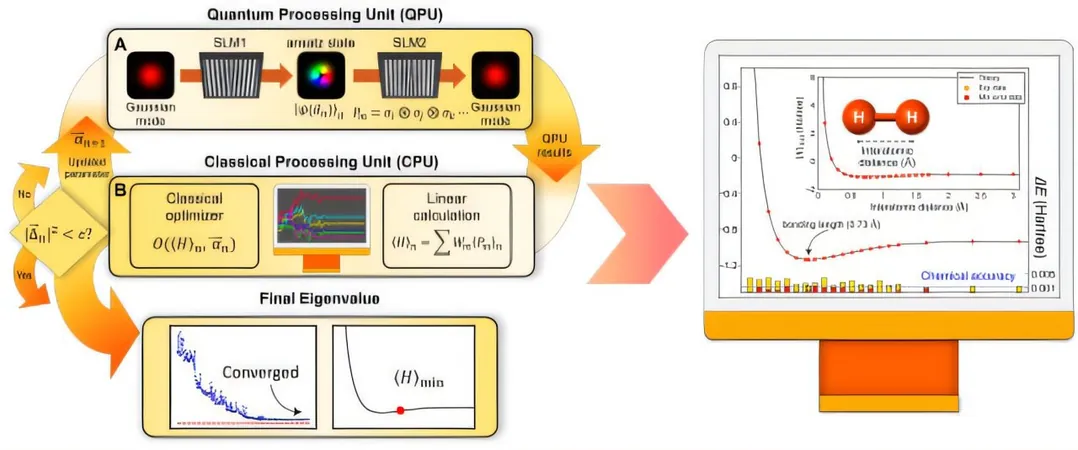
Earth's Elusive Mini Moon Exits Stage Left, But Not for Long!
2024-11-25
Author: Jacob
Earth's Temporary Farewell to 2024 PT5
In a celestial twist, Earth has temporarily bid farewell to a tiny space rock known as 2024 PT5, often referred to as a "mini moon." This 33-foot asteroid, which had been dancing around our planet for about two months, is headed back into the vastness of space but is expected to return for another brief encounter in January.
Discovery and Orbit of 2024 PT5
First identified by astronomers in August, 2024 PT5 made its approach throughout late summer, tracing a unique horseshoe-shaped orbit around the Earth. However, as Earth's gravitational pull waned, it succumbed to the more dominant force of the Sun, leading to its departure.
The Origin of the Mini Moon
According to the Associated Press, experts speculate that this mini moon could have originated from the Moon itself, potentially created when an asteroid collided with our natural satellite millions of years ago.
A Busy Cosmic Neighborhood
While 2024 PT5 posed no risk to our planet—hanging out at a safe distance—its fleeting presence serves as a striking reminder of the bustling cosmic neighborhood surrounding Earth. "There’s a pretty busy highway around the Earth," noted Federica Spoto, a Harvard researcher in asteroid dynamics.
Possible Origins from the Arjuna Asteroid Belt
Interestingly, scientists believe that this mini moon may actually hail from the Arjuna asteroid belt—a cluster of asteroids that follow similar orbits to Earth's. Even though it's dubbed a "mini moon," 2024 PT5 never completed a full orbit around our planet, likening its activity to "window shoppers" rather than true satellites.
Rare Long-Term Captures
As Carlos de la Fuente Marcos, a professor at Universidad Complutense de Madrid, explained, there have only been two other instances of long-term captures: 2006 RH120 and 2020 CD3.
Upcoming Close Encounter in January
Despite not being visible to amateur astronomers due to its distance, NASA is gearing up for another close encounter in January, deploying radar equipment to track and study the asteroid during its return. However, don’t expect to see it again anytime soon—after its January appearance, 2024 PT5 won’t swing back by for another 30 years!
Looking Forward to Cosmic Surprises
As we marvel at the wonders of our universe, it's worth noting that such mini moons are akin to seeds of knowledge in the vast garden of space exploration. With upcoming missions and technology never seen before, who knows what other cosmic surprises await us? Make sure to stay tuned for updates—it’s a space story you won’t want to miss!









 Brasil (PT)
Brasil (PT)
 Canada (EN)
Canada (EN)
 Chile (ES)
Chile (ES)
 España (ES)
España (ES)
 France (FR)
France (FR)
 Hong Kong (EN)
Hong Kong (EN)
 Italia (IT)
Italia (IT)
 日本 (JA)
日本 (JA)
 Magyarország (HU)
Magyarország (HU)
 Norge (NO)
Norge (NO)
 Polska (PL)
Polska (PL)
 Schweiz (DE)
Schweiz (DE)
 Singapore (EN)
Singapore (EN)
 Sverige (SV)
Sverige (SV)
 Suomi (FI)
Suomi (FI)
 Türkiye (TR)
Türkiye (TR)